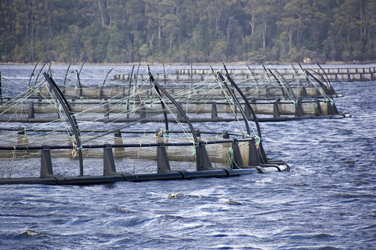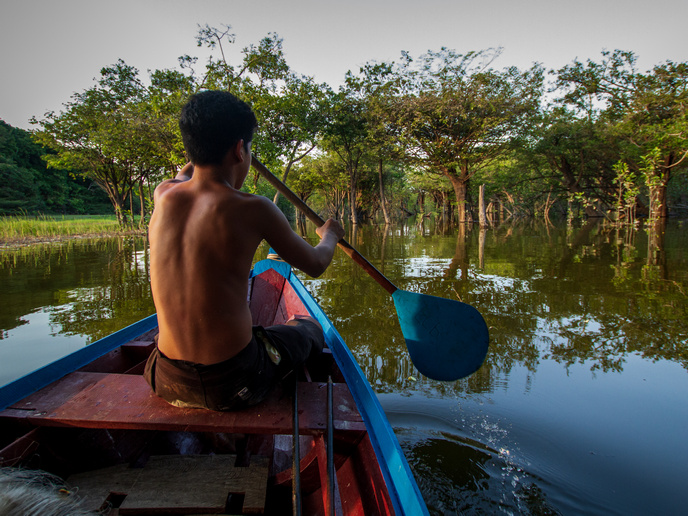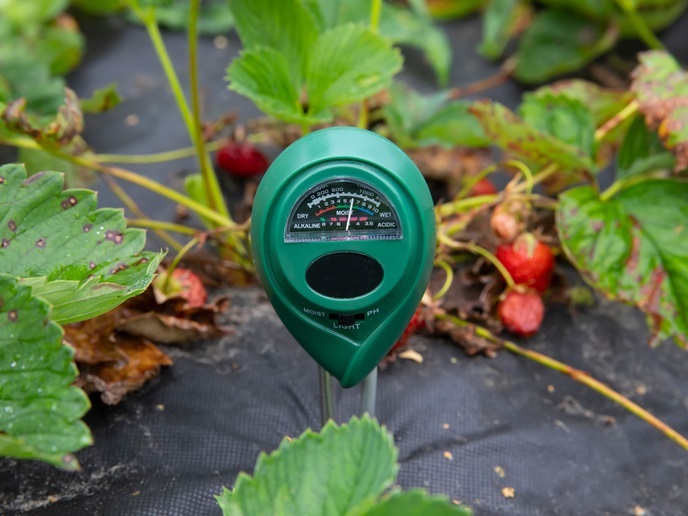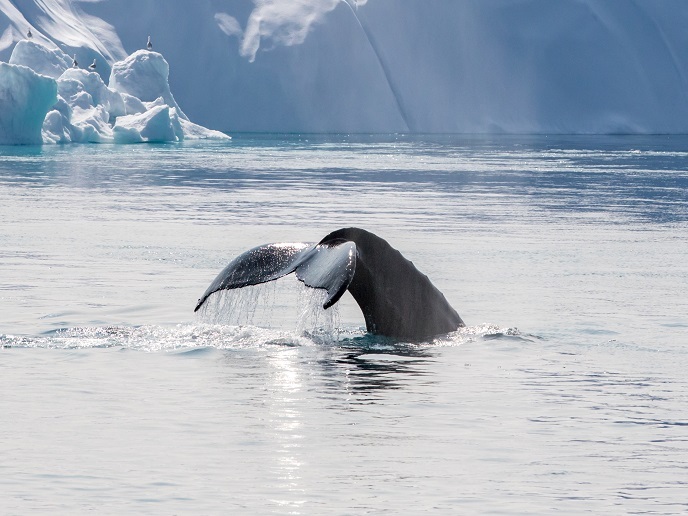Safe, secure sea-cage aquaculture
When fish escape, consequences include undesirable genetic effects in native populations as a result of interbreeding, and environmental impact through predation, competition for food and disease transfer to wild fish. To prevent this phenomenon, technical improvements are needed to offset the potential for failures in fish farming technology. The 'Assessing the causes and developing measures to prevent the escape of fish from sea-cage aquaculture' (PREVENT ESCAPE) project integrated biological and technological research to improve recommendations and guidelines for aquaculture technologies and operational strategies that drive down the rate of escape events. Escapes events are widespread throughout European sea cage aquaculture: project estimates put the cost to industry at some EUR 47.5 million per year. A thorough investigation revealed more than 250 escape events across six countries, with most attributed to structural failures during storms and to the appearance of holes in nets. Based on the success of the 2006 introduction of the Norwegian technical standard (NS 9415) for the design, dimensioning and operation of sea cage farms, PREVENT ESCAPE recommended that policymakers introduce a technical standard for sea cage aquaculture equipment. They noted this should be coupled with an independent mechanism to enforce the standard. Project members tested a range of techniques to distinguish escaped fish within wild populations, concluding that the selection of suitable indicators depends on the final stakeholder. For example, farmers and consumers could use external appearance and morphometry for rapid assessment, while fisheries and environmental management applications should make use of trace elements in scales and fatty acid profiles. Dissemination activities included public outreach through the project website(opens in new window), workshops targeting the fish farming industry and governmental regulatory authorities, direct contact between researchers and industry participants, and conference presentations involving the broader scientific community. PREVENT ESCAPE's wide scope of research and activities offered new knowledge on culture operations, and produced operational guidelines for thwarting fish escapes and using technologies to successfully recapture fish after their escape. Developments in these areas will therefore assist in mitigating the effects of fish escapes, as well as drive down economic loss for this major EU industry.







